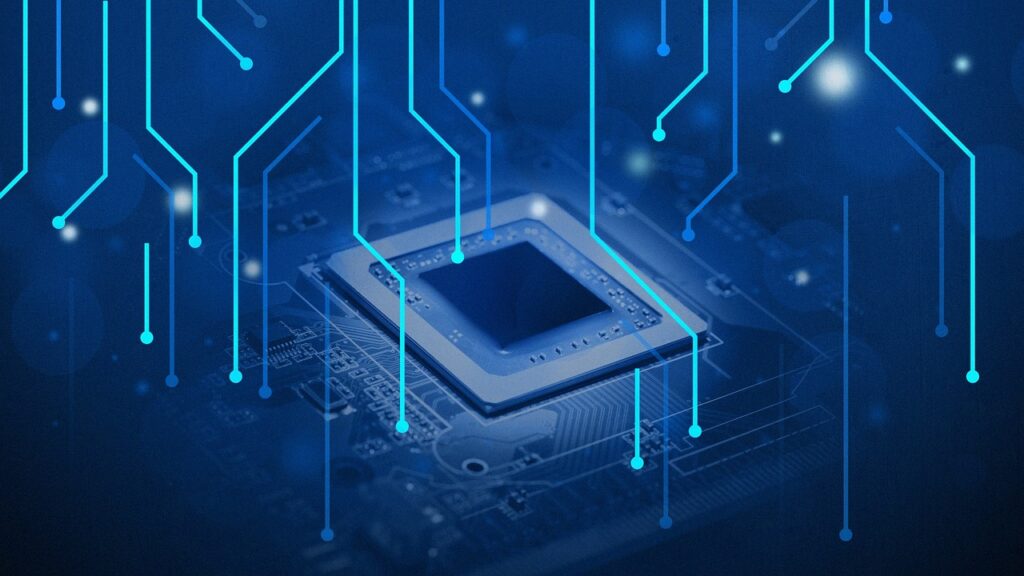It being the first week of January, it’s time to dust off my most comfortable walking shoes, search the couch for spare change and head to Las Vegas for the Consumer Electronics Show (CES), along with 150,000+ other people.
CES is, without a doubt, one of the largest and most influential trade shows in the tech industry sphere. But it’s also highly eclectic and only loosely organized, meaning that it can be a challenge to get around to various venues and get your head around what literally thousands of aspiring exhibitioners have cooking.
One of the first major vendors out of the blocks this week was Lenovo which unveiled new and updated products for both the home and office. Along with their intrinsic qualities, those offerings also highlight Lenovo’s evolution since it became the world’s #1 ranked PC vendor and how it hopes to set the pace for PCs and other endpoints in 2017.
That’s worth a closer look.
Lenovo at CES 2017
Lenovo has long had a broad portfolio of computing endpoints, including desktops, laptops, tablets and smartphones. Plus, its 2017’s offerings find the company and its strategic partners assuredly venturing into new markets and use cases. So what all did Lenovo announce at CES?
- Updates to its Thinkpad family, including the Thinkpad X1 Carbon, Thinkpad X1 Yoga and the Thinkpad X1 Tablet, as well as the new Miix 720 12-inch detachable. All offer enhanced features and performance, spanning home and work environments. The Miix 720 leverages Intel’s seventh gen “Kaby Lake” Core i7 processors and its Thunderbolt 3 interconnect, and also supports Lenovo’s new Active Pen 2 for note taking and drawing.
- Lenovo Legion, a new sub-brand, debuted with two new gaming laptops; the Legion Y720 and the Legion Y520. Both deliver enhanced performance via Intel seventh gen Core i7 processors and Thunderbolt 3, and also feature NVIDIA graphics and Dolby Atmos sound components.
- The Lenovo Smart Assistant, a new voice-activated smart home device, was built in collaboration with Amazon to optimize that company’s Alexa cloud-based AI. The Smart Assistant can also support the new, wirelessly-enabled 6TB Lenovo Smart Storage solution.
- The 500 Multimedia Controller is a new palm-sized keyboard that also functions as a gesture-supported, multi-touch capacitive touchpad for Microsoft Windows 10 PCs and media devices.
- The Lenovo Phab 2 Pro is a new smartphone that features special sensors for leveraging Google’s Tango virtual and augmented reality (VR/AR) platform and apps, like iStaging, Matterport and Hot Wheels Track Builder
Product pricing and availability details can be found at Lenovo.com.
Final analysis
What’s the main takeaway from these new endpoints and accessories? First and foremost, that Lenovo doesn’t see its ascendance to the #1 PC vendor spot as a unique pinnacle so much as a prime piece of real estate it intends to inhabit for years to come.
Rather than taking a rest after reaching that pinnacle, Lenovo instead is substantially improving its signature Thinkpad X1 laptops and tablets, and expanding many of those same innovations with the new Miix 720. But also worth noting is how the company is adroitly positioning these offerings to enhance the ever-thinning barriers between the workplace and home.
Though BYOD (“bring your own device”) was once a behavioral outlier, today it is a common cause for millions of people who want products that can and will support whatever applications or processes they choose. Lenovo’s new Thinkpad and Miix solutions demonstrate that the company clearly understands and is ready to meet those demands.
The new Legion gaming laptops and the 500 Multimedia Controller highlight how Lenovo is exploring new market opportunities. Gaming PCs aren’t a volume business for most vendors but their impressive margins make them attractive options. Plus, the R&D Lenovo puts into Legion should also inform efforts in associated emerging markets, like VR/AR gaming and industrial applications. The same could be true for the 500 Multimedia Controller when Windows 10-based smart TVs and multimedia systems come into their own.
Finally, the new Smart Assistant and the Phab 2 Pro show what Lenovo is gaining in endpoint markets from creative partner collaborations. The company has long pursued similar partnerships in its Data Center Group, and the fact that it is working effectively with partners, like Microsoft, Amazon and Google that are also fierce competitors is testimony to Lenovo’s maturity.
Overall, the conclusion that emerges from products launched at CES 2017 is that Lenovo recognizes its own strengths, can leverage that power to great effect and is also a willing collaborator with innovative, complementary peers. Those beneficial characteristics aren’t unique. In fact, leading endpoint vendors either have achieved or are pursuing similar goals. But the depth and thoroughness of Lenovo’s adoption of those virtues came through clearly at CES 2017, and speaks well of its opportunities over the near and long-term.
- Dell Concept Luna – Inspiring Sustainable Innovations with Circular Design - December 21, 2023
- AI Alliance: IBM, Meta, Dell and 50+ Founding Partners Pursue Open, Transparent and Safe AI Innovation - December 13, 2023
- Dell Technologies: Creative Partnering = GenAI Innovation - November 30, 2023




Comments are closed.